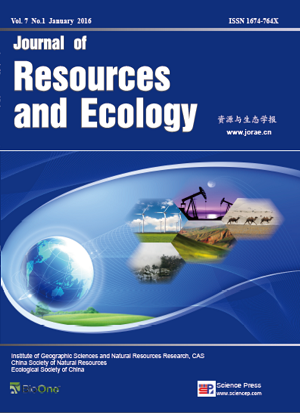WANG Yiqiang, ZHAO Yuan, XU Xin
This paper analyzed the development of different types of natural gas flow zones in China, and then divided all provinces into four flow types: non-flow zones, output centers, input centers and exchanging centers. Next, we analyzed the concentration and diffusion characteristics, current spatial pattern and evolution of source and terminal regions of natural gas resource flows. The numbers of non-flow zones, output centers, input centers and exchanging centers all stabilized during the Eleventh Five-Year Plan period. The number of output centers is small but the quantity of flow is large. The number of input centers is large and they are widely distributed. Generally speaking, it presents a significant characteristic of centralized output and dispersed input in geographic space. The current situation for China’s natural gas output source has random distribution characteristics, but the terminal regions of natural gas flow have strong positive spatial correlation, presenting a significant spatial agglomeration pattern. Shandong, Jiangsu, Zhejiang and Shanghai have a high-high agglomeration mode, but Yunnan, Sichuan, Tibet, Qinghai and Gansu have a low-low agglomeration mode. Spatial pattern changes in China’ s natural gas output zones had three different stages: relatively stable from 2001-2003; moved northwestward, expanded in space, and widely dispersed during 2004-2006; and transferred to the east, spatially contracted and significantly concentrated during 2007-2011. Spatial pattern changes in China’s natural gas input zones have two stages: expanded in east-west direction while contracted in north-south direction during 2001-2005; and relatively stable in spatial structure with intensification from 2006-2011.
